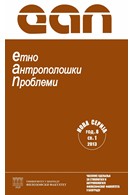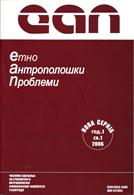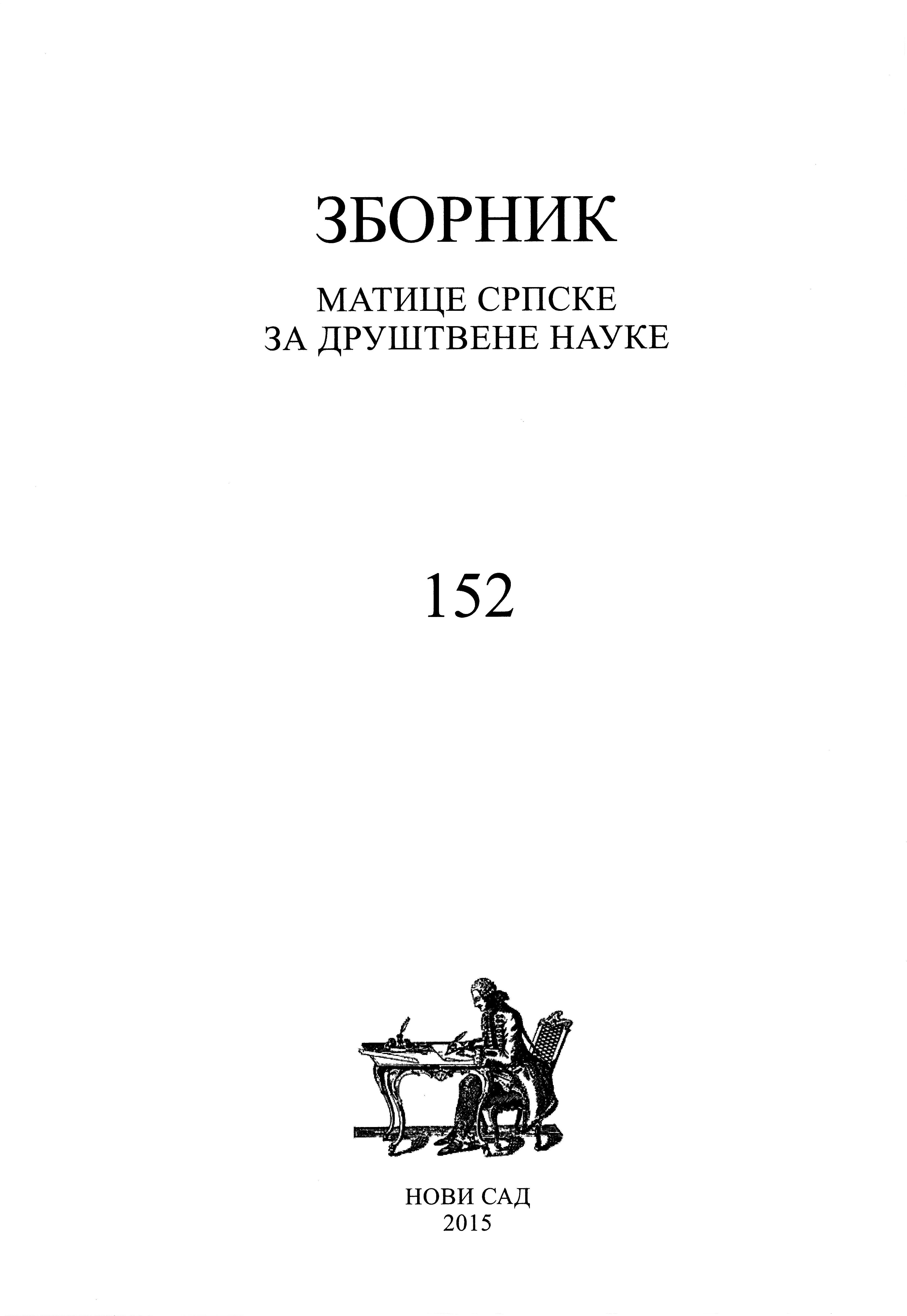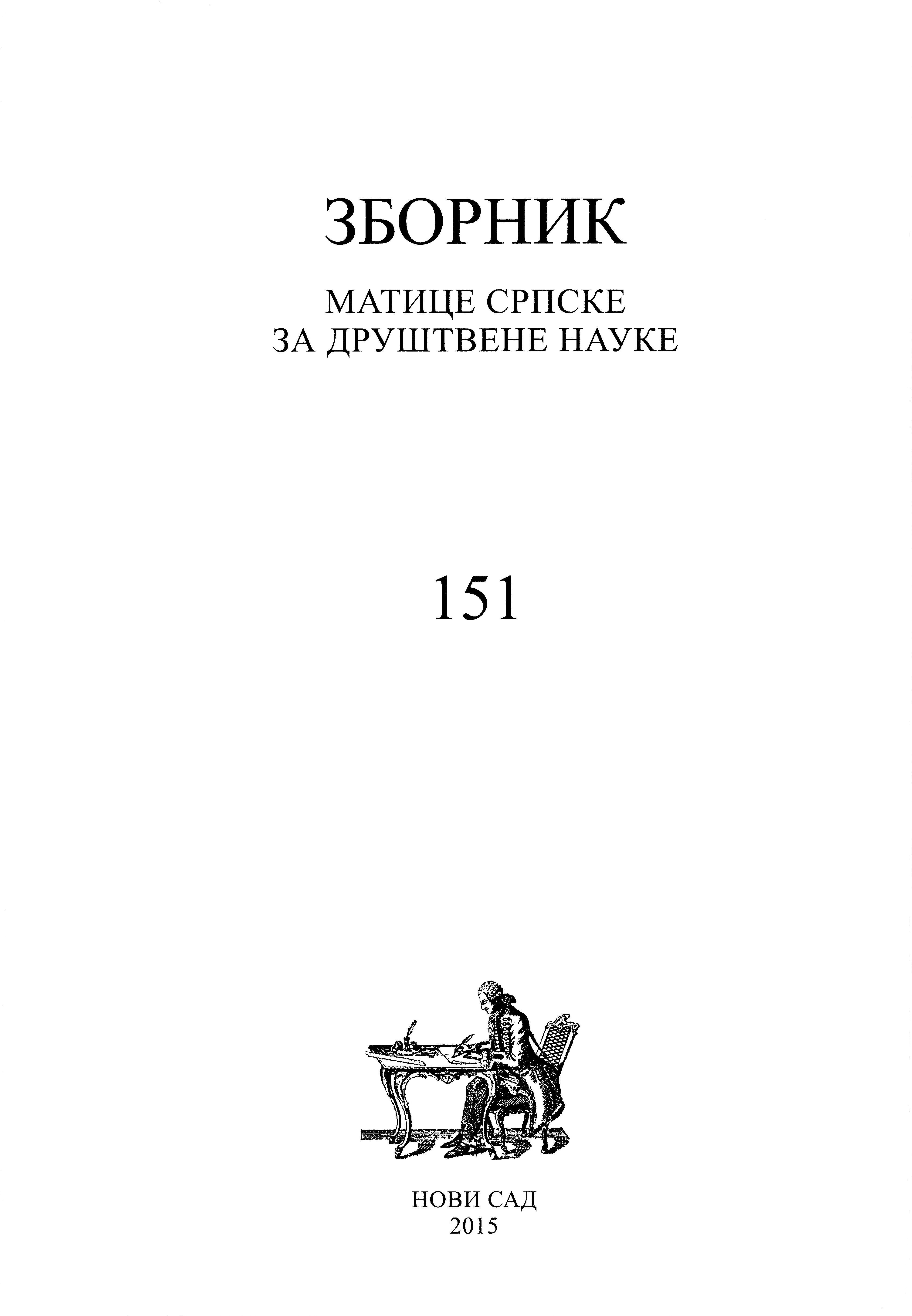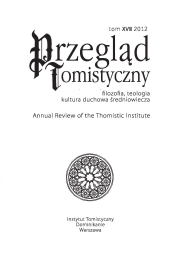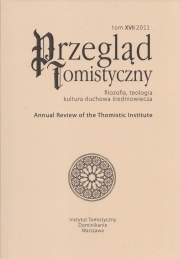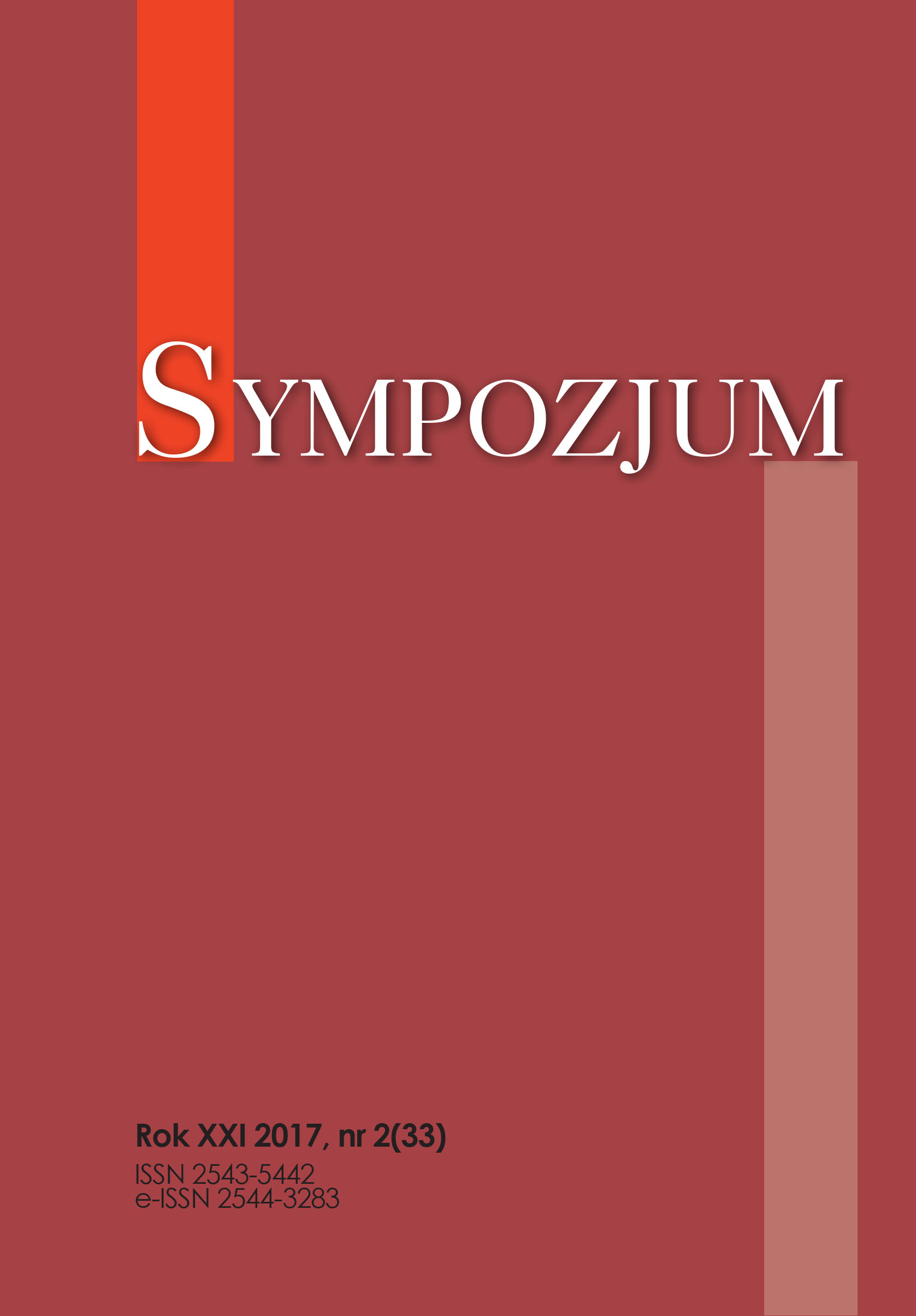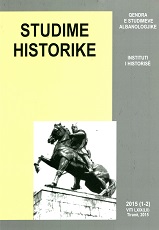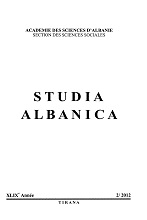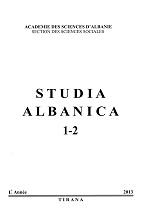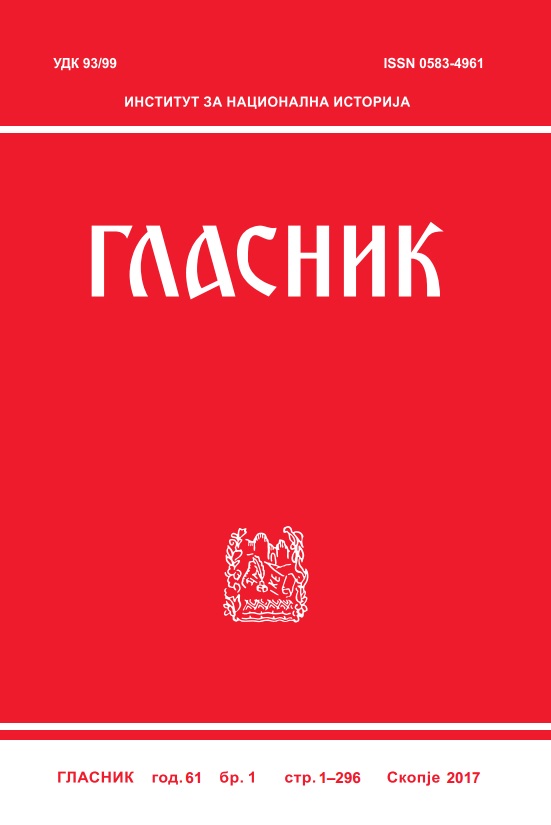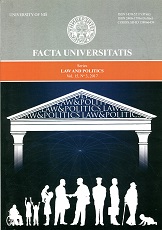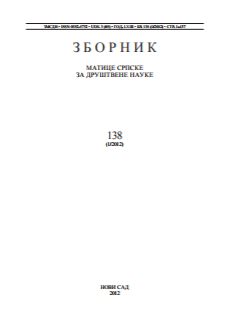Author(s): Nataliya Kravchenko / Language(s): Ukrainian
Issue: 1/2014
This article is devoted to the problem of determination of the actual age of the oldest multi-tiered Ukrainian icons of the Passion of Christ.The article describes examples of such images in Western and Eastern Christian traditions. In particular iconography of Eastern Christian ancient icons on the Passion of Christ and the Resurrection are studied, including Milan diptych of the V century, Byzantine icon depicting the Passion of Christ of the third quarter of the XIV century from the museum of the Monastery of Vlatadon in Thessaloniki and two Novgorod "icons-tablets" of the XV century from the collection of Novgorod State United Museum Reserve. The author notes small sizes and common iconographic programs of the works among features of such images.Art works of western Christian art after the separation of the Church present special interest to this study. It was noted that big complex figured Crucifixes painted on wood and developed by the silhouette shape as well as compositions of the crucified Christ, coupled with scenes of the Passion on the sides of stamps became popular in Italy and the Balkans starting from the XII century. Crucifixes of the ХІІ – ХІІІ centuries that originate from Toscana were studied among the latest samples and common features of these works of art and Byzantine orthodox images were discovered.A new type of multi-tiered icon of the Passions, the main field of which holds a big picture of the Crucifixion with scenes of the Passion of Christ on both sides of it, starting from the Entrance into Jerusalem to the Descent into hell is considered as an interesting phenomenon in Western European painting of the XIII century. The icon by Duccio 1308-1311 for the main altar of the cathedral in Siena (Italy) is such work of art. Among the features of the image the author marks the large size of the work, extensive iconographic program consisting of 26 subjects, imitation of Byzantine artistic traditions. This principle of depicting of Passion of Christ with the Crucifixion of in the middle was widespread in large multi-tiered icons of other schools, in particular, in Ukrainian school.Images of the Passion of Christ in Ukrainian church painting were applied in mural painting from the XI century, later they were used in the figurative and symbolic systems of iconostasis on the holiday tier and from the second third of the XVII century they were applied on the top tier depicting the Passion of Christ. Large multi-tiered icons depicting the Passion of Christ that were placed on the north wall became popular also in the churches in Western Ukraine.Ukrainian multi-tiered icons of the Passion of Christ are distinguished by complex iconography depicted with a large number of subjects (up to 25 scenes), supplemented by apocryphal sources, these icons are large in size (about 2.5 x 2 m). Bright creativity of craftsmen, icon painters that added touching details from real life to the Gospel narratives was brightly reflected in these works.The oldest Ukrainian multi-tiered icons depicting the Passion of Christ that have survived to this day are the icon from Zdvyzhen village in Lemki region (collection of the Lviv National Museum), the icon from village of Trushevychi of Starosambirski district, Lviv region and the icon from the village of Mihova, Starosambirski district, Lviv region (collection of the Lviv National Museum). The determination of the actual age of these works was made in the 60’s of the XX century and the icon from Zdvyzhenya (XV c.) was recognized as the oldest one.The author analyzes the iconographic image of the Passion of Christ from Zdvyzhenya. The author denotes the compositional features of multi-tiered icons, selection of subjects and reveals signs of Western influences such as assimilation of certain elements of Western iconography. Particular attention is paid to the central story, the Crucifixion, in which the following borrowings of Western religious art of the Renaissance era have been found: the thieves are not nailed to the crosses and attached to them, the robbers had broken tibia, Angel and demons that take the souls of the executed are present on both sides of Christ and etc. In Catholic works some of these elements of the image of the Crucifixion scenes appear only in the XV century as an expression of new religious interpretations of the story. So their active use by folk artists in the Orthodox icon of the XV century during the period of tough confrontation between the two churches was impossible. Iconographic hallmarks scheme of Zdvyzhenya icon located on the lower tier supports this statement. In terms of attribution this image is a kind of synthesis of two different iconographers – Orthodox "Do not weep for me, Mother" and Catholic "Resurrection" (Rise of the Tomb of Christ). As Ukrainian works of art prove this iconography of Western origin began to be used in the Orthodox images only starting from the second half of the XVI century. Iconographic analysis of the oldest work of art among Ukrainian multi-tiered icons depicting the Passion of the Christ, such as icons from Zdvyzhen village prove that this work previously dated as the XV century could be created only in the XVI century, probably in the first half of the XV century. Thus, the more recent works, icons from villages of Trushevych and Mihova were created not earlier than in the middle of the XVІ century.
More...

